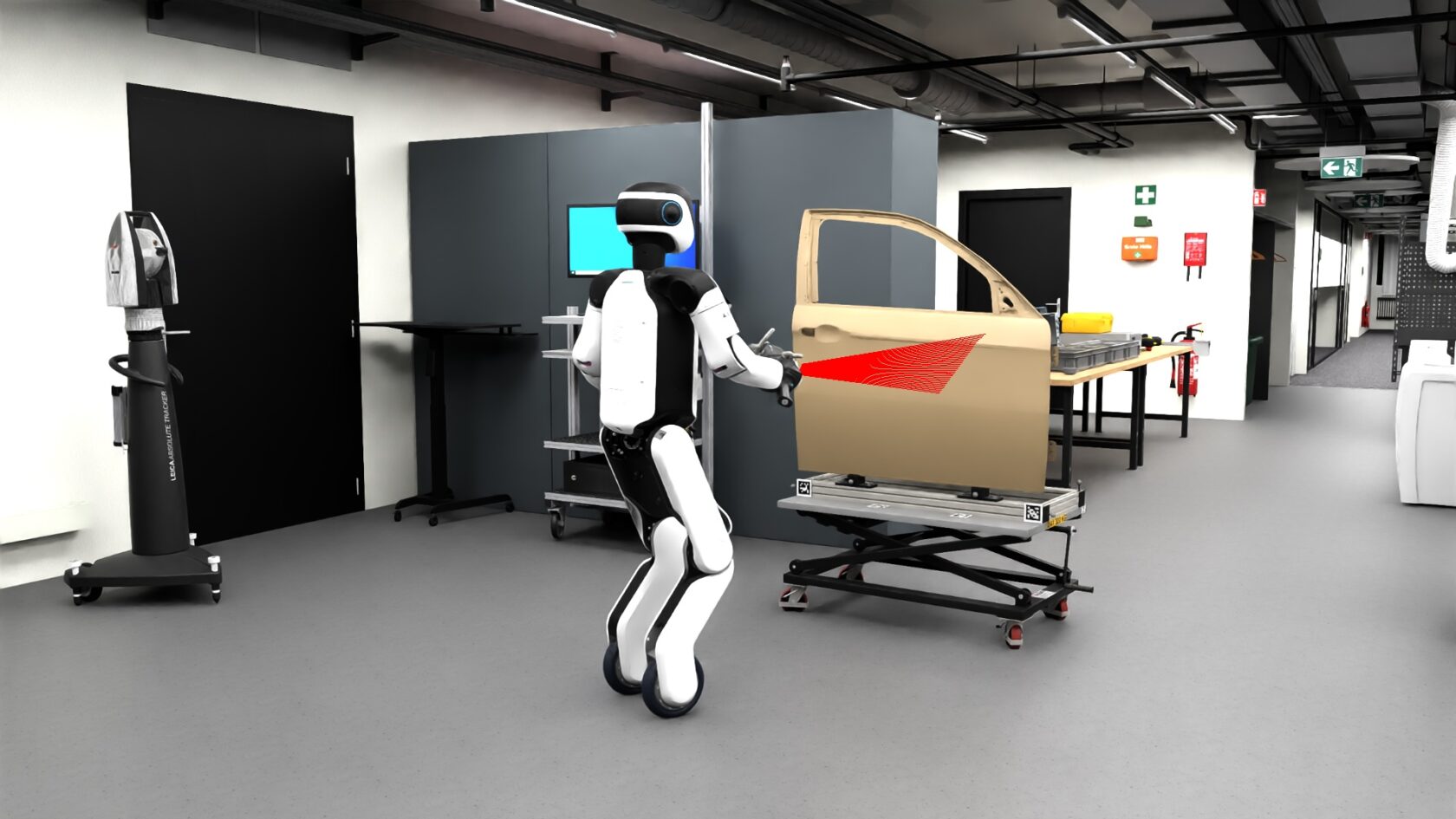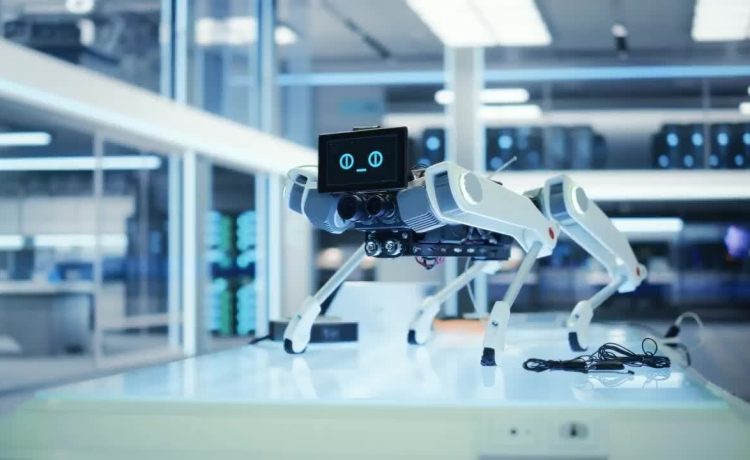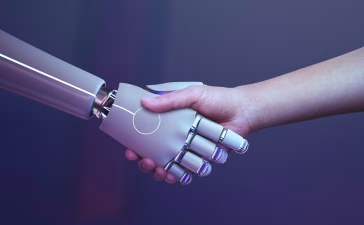The relationship between society and industry has always been one of mutual influence. Industry provides the foundation for economic growth, innovation, and employment, while society—through its values, needs, and labor—drives the direction and ethics of industrial development. But in the 21st century, this relationship is evolving faster than ever.
Technological advancement, globalization, environmental challenges, and shifting social expectations are forcing industries to redefine not only how they operate but also why they exist. Today’s industries must do more than produce goods—they must respond to complex social pressures, promote sustainability, and ensure that progress benefits all members of society, not just a privileged few.
This ongoing transformation reveals one of the defining stories of our age: the merging of industrial ambition with social responsibility.
1. From the Industrial Revolution to the Digital Revolution
To understand today’s industrial transformation, it’s worth recalling where it began. The Industrial Revolution of the 18th and 19th centuries reshaped human civilization. Steam engines, factories, and mechanized production turned agrarian societies into urbanized economies, birthing a new working class and accelerating global trade.
But those early waves of progress came with a price—harsh labor conditions, environmental pollution, and economic inequality. The lessons from that era echo today as the world faces a new kind of industrial revolution: the Digital Revolution.
Unlike its predecessor, the digital era isn’t powered by coal and steel but by data and algorithms. Industries once reliant on physical labor now depend on automation, artificial intelligence, and global connectivity. Manufacturing, logistics, finance, and even healthcare are being reshaped by smart technologies.
Yet, just as in the 19th century, this revolution carries both promise and peril. The challenge today is to ensure that technology serves people—not the other way around.
2. Industry 4.0: The Rise of Smart Production
We are now in what many call Industry 4.0—the fourth industrial revolution—defined by automation, machine learning, and interconnected systems. Factories are becoming “smart,” capable of self-monitoring, predictive maintenance, and real-time optimization through the Internet of Things (IoT).

In this ecosystem, machines communicate with each other, supply chains adapt automatically, and human workers collaborate with robots rather than compete against them. The result is greater efficiency, less waste, and faster production cycles.
However, the social implications are significant. Automation could eliminate millions of routine jobs, particularly in manufacturing and transportation. At the same time, it creates demand for highly skilled workers who can manage, program, and maintain these intelligent systems.
This shift requires a massive rethinking of education and workforce training. Societies that invest in upskilling and digital literacy will thrive; those that resist adaptation risk widening inequality.
3. Sustainability: The New Industrial Imperative
One of the most pressing intersections between society and industry today is environmental sustainability. Industrialization has long been associated with environmental degradation—carbon emissions, deforestation, and waste. But climate change and resource scarcity have forced industries to take a different path.
Green industry initiatives are rapidly gaining traction. From renewable energy and circular manufacturing to carbon-neutral logistics, companies are realizing that sustainability is not just a moral duty but a competitive advantage.
For instance, major automakers are transitioning to electric vehicles, while construction industries are adopting eco-friendly materials and energy-efficient designs. Even heavy industries like steel and cement are experimenting with carbon capture technologies.
Consumers are also driving this shift. Social awareness campaigns and eco-conscious purchasing behavior are pressuring companies to become transparent about their supply chains and environmental impact. Sustainability has moved from corporate social responsibility (CSR) departments to the core of business strategy.
4. Globalization and Its Discontents
Globalization has been a defining feature of industrial growth in the modern era. The ability to source materials from one country, manufacture in another, and sell globally has transformed industries and economies.
However, globalization has also sparked debate. While it has lifted millions out of poverty and created international cooperation, it has also led to labor exploitation, wage inequality, and environmental strain.
The COVID-19 pandemic exposed vulnerabilities in global supply chains, forcing industries to reconsider the balance between efficiency and resilience. Many countries are now prioritizing localization or regional manufacturing to reduce dependence on distant suppliers.
This shift signals a new chapter in industrial development—one that seeks equilibrium between global collaboration and national stability.
5. The Social Role of Industry in the 21st Century
Industries no longer operate in isolation from society. People now expect companies to be socially responsible, transparent, and ethical. The public wants to know how workers are treated, whether materials are sourced ethically, and whether profits are reinvested in communities.
This expectation has given rise to the concept of stakeholder capitalism—the idea that companies should serve not just shareholders but all stakeholders, including employees, customers, suppliers, and the environment.
For example, major corporations like Unilever and Siemens have redefined their missions to include social impact alongside profit. This shift marks an evolution in the very purpose of industry: from mere production to partnership with society.
Moreover, industries are now becoming cultural actors. They shape lifestyles, influence public behavior, and drive trends—from sustainable fashion to plant-based food. The power of industry extends beyond the economy; it reaches into the moral and social dimensions of modern life.
6. The Human Side of Industrial Progress
Behind every machine, innovation, or factory stands a human being. As industries automate and digitize, maintaining the human element becomes essential.
Modern employees seek meaning, purpose, and well-being in their work—not just wages. This has prompted companies to rethink management styles, workplace culture, and employee engagement. Flexible hours, hybrid work models, and mental health initiatives are becoming integral to industrial management.
Furthermore, diversity and inclusion are now key measures of success. Industries that embrace social equity and equal opportunity not only build stronger workforces but also foster innovation by bringing diverse perspectives to the table.
As society evolves, industry must remember that its most valuable resource is not technology or capital—but people.
7. The Future: Society and Industry in Symbiosis
Looking forward, the relationship between society and industry will become even more intertwined. Emerging technologies—like artificial intelligence, biotechnology, and renewable energy—will continue to blur the lines between human and machine, local and global, profit and purpose.
The industries of the future will not just produce goods; they will produce solutions—to climate change, inequality, and global health challenges. Businesses that align their goals with societal progress will not only survive but lead the next wave of industrial transformation.
Governments, too, have a role to play. Effective regulation, investment in education, and support for innovation ecosystems can ensure that industrial growth aligns with social needs.
Ultimately, the most successful industrial systems will be those that view progress not as a zero-sum game between profit and people, but as a shared journey toward collective advancement.

Conclusion
The story of industry has always been the story of society—of human ambition, creativity, and cooperation. As we enter a new era defined by digitalization, sustainability, and social awareness, the bond between the two has never been more critical.
Industry shapes society through innovation, while society shapes industry through values and demand. Together, they form the backbone of human progress.
The challenge of our time is to ensure that this progress is inclusive, ethical, and sustainable—so that the industries we build today create a better world for generations to come.
















